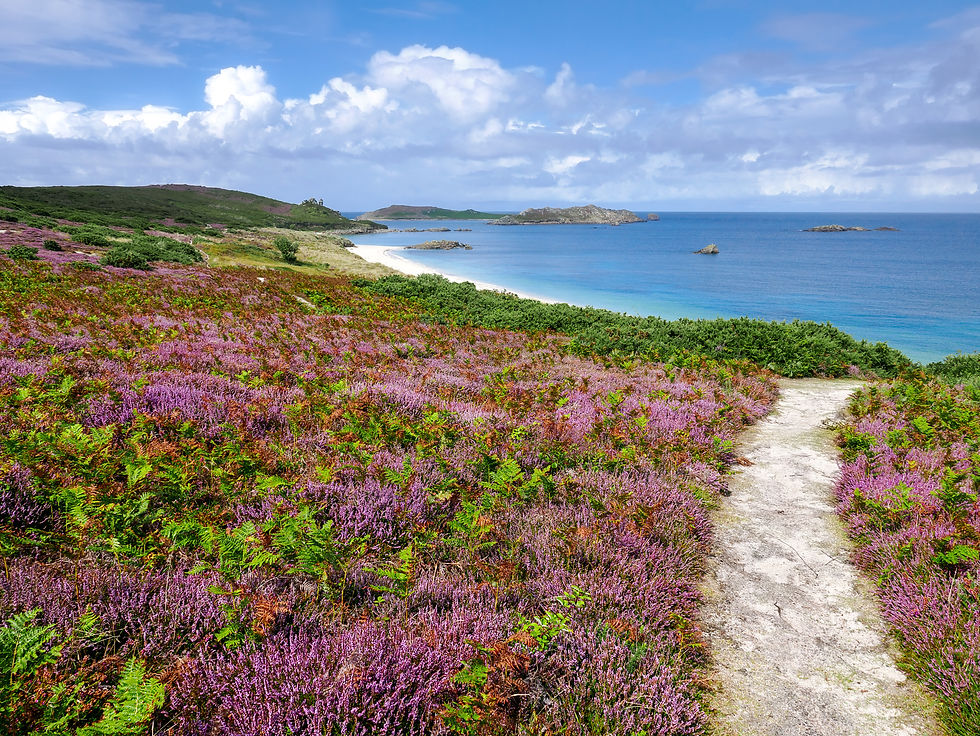4 Fascinating Places To Discover This Summer
- Hermes & Hestia

- May 25, 2021
- 3 min read
Updated: Jul 26, 2021
Hidden away within the British Isles are some truly remarkable places to visit. That most of us don’t even know are out there. There are majestic mountains, breathtaking sites, waterfalls, and other natural wonders waiting for us to explore. Lets start in Ireland...
The Dark Hedges in Northern Ireland

The Dark Hedges is an avenue of beech trees along Bregagh Road between Armoy and Stranocum in County Antrim, Northern Ireland. The trees form an atmospheric tunnel that has been used as a location in HBO series, Game of Thrones ®.
“One of the most photographed natural phenomena in Northern Ireland and a popular attraction for tourists from across the world”
James Stuart built Gracehill House in c.1775. The family planted an avenue of over 150 beech trees along the entrance to the Georgian estate. It was intended as a compelling landscape feature to impress visitors as they approached Gracehill House. Two centuries later, the ethereal tunnel remains a magnificent sight and has become known as The Dark Hedges, one of the most photographed natural phenomena in Northern Ireland and a popular attraction for tourists from across the world.
Reference & more information. THE DARK HEDGES - Causeway Coast & Glens Heritage Trust CCGHT
Map
Avebury Stone Circle, Wiltshire, England
Avebury is a World Heritage Site for it's outstanding Neolithic and Bronze Age landscape, The stone circles and henge monument are particularly unusual, not just because it is the largest stone circle in the world but also for the fact that it is the only stone circle with a village built within it.

Constructed over several hundred years in the Third Millennium BC, during the Neolithic, or New Stone Age, the monument comprises a large henge with a large outer stone circle and two separate smaller stone circles situated inside the centre of the monument. Its original purpose is unknown, although archaeologists believe that it was most likely used for some form of ritual or ceremony. The Avebury monument is a part of a larger prehistoric landscape containing several older monuments nearby, including West Kennet Long Barrow, Windmill Hill and Silbury Hill.
Map
The Devil’s Appendix, Snowdonia, Wales
Nant Clogwyn y Geifr (Devil's Appendix) is the tallest single-drop waterfall in Wales and one of the tallest in the United Kingdom. It is a plunge style waterfall located on the Clogwyn y Geifr cliffs beside Twll Du in Cwm Idwal, Snowdonia, Wales.
It is formed where a small stream falls for approximately 305 feet (93 metres) to reach the slopes above Llyn Idwal. Depending on flow and the ambient temperature, it can be either an ice climbing route, a single drop waterfall, or a broken waterfall.

Map
The Isles of Scilly
The Isles of Scilly is an archipelago off the southwestern tip of Cornwall. One of the islands, St Agnes, is the most southerly point in England, being over 4 miles further south than the most southerly point of the British mainland at Lizard Point. St Mary’s is the gateway to the other islands and as close to ‘busy’ as you’re going to get here with its population of 1,800. Bryher is rugged and wild and watching the waves thunder into Hell bay is exhilarating, on the other side of the islands the beaches are serene. St. Agnes is untamed and full of history - mounds, cairns and bronze age standing stones. Tesco is a subtropical island that has rugged outcroppings, pristine beaches, culinary flair, ancient burial sites, castle ruins and the world famous Tresco Abbey Gardens – home to over 20,000 exotic plants, many of which cannot be found anywhere else in Britain.

St Martins Isles of Scilly
With a surface area of only 2.5 square miles, St Martin’s has perfect beaches, considered by many to be the best stretches of sand in Britain. Scilly Dark Skies Week is held here between 2 and 9 October 2021 it is a celebration of grassroots astronomy and the Isles of Scilly’s wondrously dark night skies, hosted by the islands’ community observatory on St Martin’s.
Map

Comments